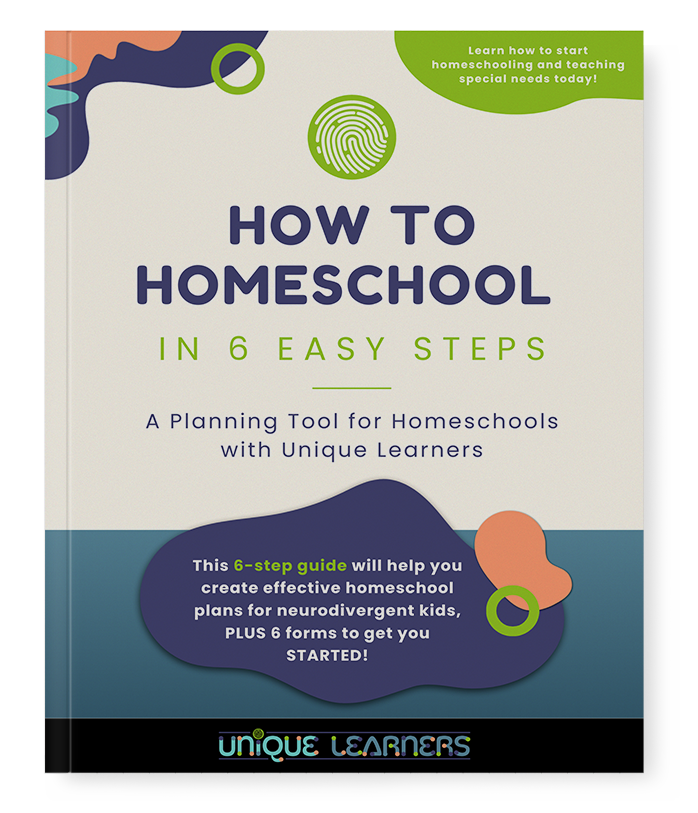The Reggio Emilia approach is an educational philosophy that originated in the town of Reggio Emilia, Italy. Loris Malaguzzi, a teacher, created the Reggio Emilia method just after World War II, by request of the people of the small community of Reggio Emilia, Italy. He started very different type of early childhood center, picking up with principles of teaching and learning established by Maria Montessori.
The Reggio Emilia is centered around the following key principles:
Image of the Child
The Reggio Emilia approach views children as competent, capable, and full of potential. They are seen as active participants in their learning, capable of constructing their own knowledge and understanding. Children are believed to use 100 various “languages” to communicate their ideas. These languages can include behavior and are not all verbal.
Emergent Curriculum
Rather than following a pre-determined curriculum, the Reggio Emilia approach emphasizes emergent curriculum. This means that the curriculum is developed based on the interests, questions, and ideas of the children. The curriculum is based on “provocations,” which are questions or problem-solving challenges that inspire students to design solutions to the provocation.
Teachers act as facilitators, guiding children’s inquiries and providing resources and support. This component of the Reggio Emilia fits well with an unschooling, child-led approach to homeschooling. As children progress through elementary years, you may decide to do a variation by using a unit study approach with project-based learning.
Collaboration and Relationships
Collaboration is an integral part of the Reggio Emilia approach. Teachers, parents, and the community are considered partners in children’s education. They work together to create a rich learning environment that supports the development of social relationships, respect, and a sense of belonging.
In modern homeschooling, a multi-age family where the children work together is ideal within the principles of Reggio Emilia. Starting a homeschool co-op based on project-based learning with Reggio Emilia provocations could also be an alternative to providing the collaboration and relationships central to this method.
The Role of Environment
The physical environment is considered the “third teacher” in the Reggio Emilia approach. Classrooms are designed to be inviting, flexible, and filled with natural materials and resources that spark curiosity and exploration. The environment is seen as a reflection of the children’s learning process and is regularly transformed based on their interests and projects. While the environment in a Reggio Emilia approach provides a variety of materials for creating projects, learning activities similar to Montessori apparatus may also be integrated for exploratory learning and practice in daily life skills.
Documentation
Documentation plays a crucial role in the Reggio Emilia approach. It involves capturing and making children’s learning visible through various forms such as photographs, videos, and written anecdotes. Documentation helps teachers, parents, and children reflect on and extend their learning experiences.
If you are homeschooling older children, lapbooks, scrapbooks, and notebooking can be integrated for the documentation of projects and conclusions made by the students.
Parent Involvement
The Reggio Emilia approach recognizes the importance of parents in their children’s education. Parents are encouraged to be active participants in the educational journey, sharing their knowledge and expertise. Regular communication and collaboration between educators and families are fostered. Of course, in a homeschool environment, the parent-teacher is central and essential to the success of a Reggio Emilia homeschool.
The principles of the Reggio Emilia approach combine to create a child-centered and holistic approach to education, promoting inquiry, creativity, and the development of critical thinking skills. In an elementary homeschool, you can use any text or preferred nonfiction “spine” for background information.
Encourage your kids to ask questions extending on what they are learning, or gather substantive, open-ended questions from your informational spine as provocations for your students to create a solution project.
The Reggio Emilia approach is similar to Montessori and Charlotte Mason approaches, yet the stimulation for problem solving extends beyond the enquiry model of Montessori or the oral or written narration of information of Charlotte Mason.
If you want to read more about Reggio Emilia, check out these books:
